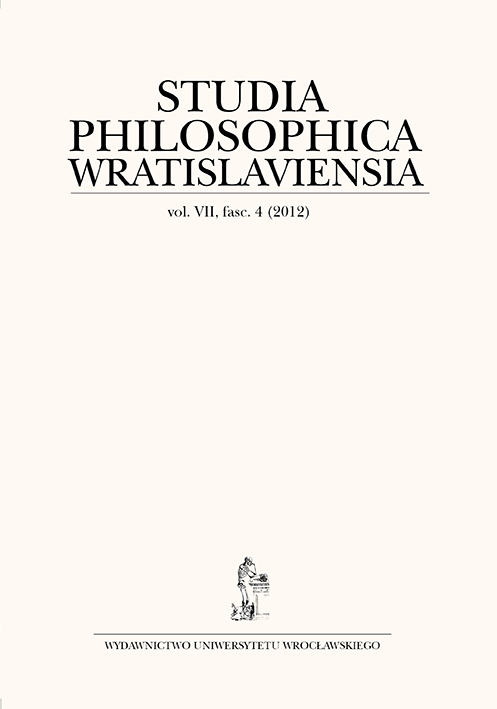

Artykuły

The aim of the article is to get closer to the answer to the questions: to what degree the philosophical question of truth concerns the global phenomenon of the Internet and the content appearing there? To what degree do the constituent features of the global web imply the use of definite concepts of truth? I assume the hypothesis that the Internet is autonomously existing semiosphere, constituted by signs and their replicas which are reproduced between the access devices. The basis of the proposed research method is C. S. Peirce’s theory of signs together with his pragmatics. In Peirce’s semiotics a sign is a triadic relation binding a sign a representamen, the First of the triadic relation with the object of the sign the Second of the triadic relation thanks to the interpretant the Third of the triadic relation, which is also by nature a sign or a subsequent triadic relation. Each of the elements of the sign relation can also enter in other relations of this type. Interpretation is a continuous process of presenting subsequent signs which interpret previously constituted signs synechism. In the semiosphere, existing equals being represented. The Internet is cognizable only through sign mediation, as its constituent features cannot be grasped as sensual evidence or even its existence established in such a way. In the semiosphere signs operate in semiotic processes and perhaps the way they operate establishes truth concerning them.